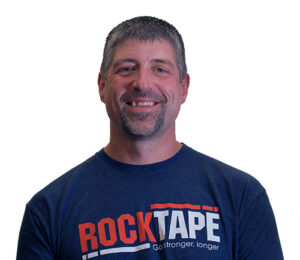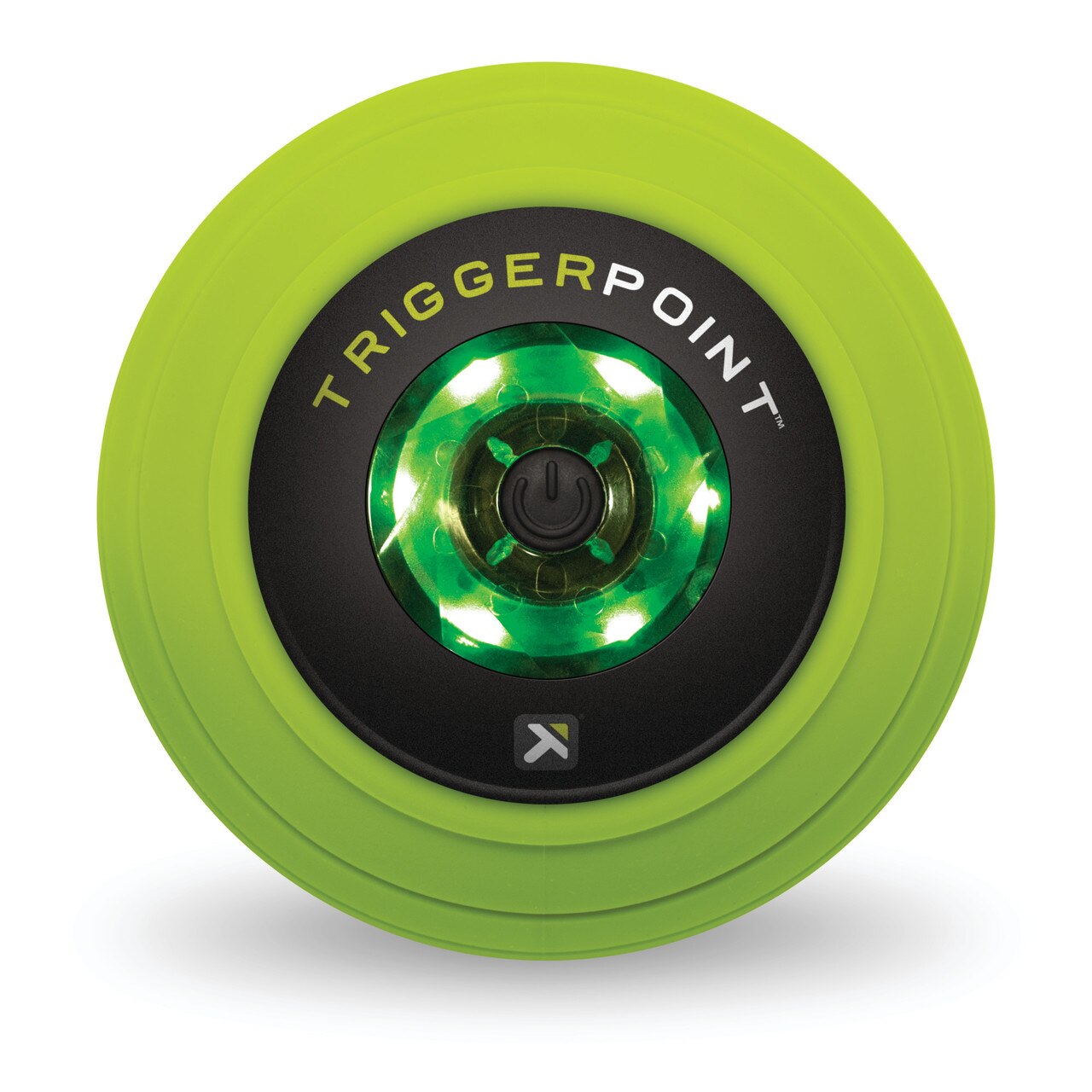Multiple sclerosis (MS) is a medical condition that affects the nervous system. A major goal for people with MS is to stimulate and keep their nervous system functioning at a high level (without irritating it). This is especially true when training for an endurance event, such as running the New York City Half Marathon.

A modality that has been extremely important to my training success dating back to my MS diagnosis is vibration. At that time (10 years ago), the predominant form of vibration in the sports medicine and rehab world was whole body vibration. Whole body vibration involves standing (or exercising) on a platform that vibrates at different frequencies and amplitudes. The wide-ranging settings allow for varied amounts of up or down-regulation of the nervous system, depending on your desired goals.
I learned quickly that standing on a vibration platform stimulated my nervous system in such a way that immediately decreased chronic pain and improved control in my right leg, which had become weak and unstable due the MS lesions on the left side of my brain. At that moment, I had discovered a highly effective tool for me to manage many of my own symptoms.
Vibration has been shown as an effective way to stimulate the fast adapting mechanoreceptors in our fascial system (Paccinian Corpuscles and Merkel’s Discs) that are responsible for priming the nervous system and up-regulating neurological activity both locally and systemically, based on the application. I quickly became hooked, and began using vibration as part of my daily routine to feel great and improve my functional outcomes.
There are several challenges with whole body vibration platforms, including the fact that they are large units that can’t be moved easily and they tend to be rather expensive. Fortunately, over the past few years, technology has evolved and vibration has become easy to use and more accessible than ever.
We see vibration being built into all kinds of things, including foam rollers (Grid Vibe), Balls (MB Vibe) and other tools (e.g. Charge Vibe). These units are affordable, travel well and can be used to stimulate the nervous system and improve function, just as I had discovered with whole body vibration.
I love using the MB Vibe as part of my half marathon training plan. I appreciate its tacky, rubber coating because it allows me to perform skin drag techniques as needed, which can further reduce soreness. I use this vibrating mobility ball in my pre-workout routine by rolling my foot over it while it is set on a high frequency setting to excite my nervous system and prepare it for activity. There are approximately 200,000 nerve endings on the bottom of the foot and about 70% of them are fast adapting, perfect for improving neurological function. Using vibration to prep my nervous system improves my running gait and helps prevent foot drop (a common complaint among MS patients).
After my training is finished, the MB Vibe is a great tool for jump starting the recovery process. I use a low frequency setting and roll on the ball to improve tissue quality and reduce soreness. The lower frequency setting is more likely to stimulate the mechanoreceptors in our fascial system that is responsible for down regulating neurological tone (Ruffini endings), which will improve mobility and aid in recovery.
For details on how I use vibration as an integral part of my half marathon training, check out this video.

Mitch Hauschildt, MA, ATC, CSCS is a seasoned RockTape FMT instructor, collegiate athletic trainer, father of four and strong believer that movement is medicine. Ten years ago, Mitch was diagnosed with Multiple Sclerosis, changing how he moves, feels and approaches life. Recently, he set his sights on running the New York City Half Marathon in an effort to support the Tisch MS Research Center of New York. In this blog series, we are following Mitch’s training and learning how he uses RockTape and TriggerPoint tools to help him reach his goals. To follow Mitch’s journey and support Team Tisch, visit mitchfightsms.com.
*Not clinically proven for all injuries. Products are not intended to replace professional medical advice or treatment.
